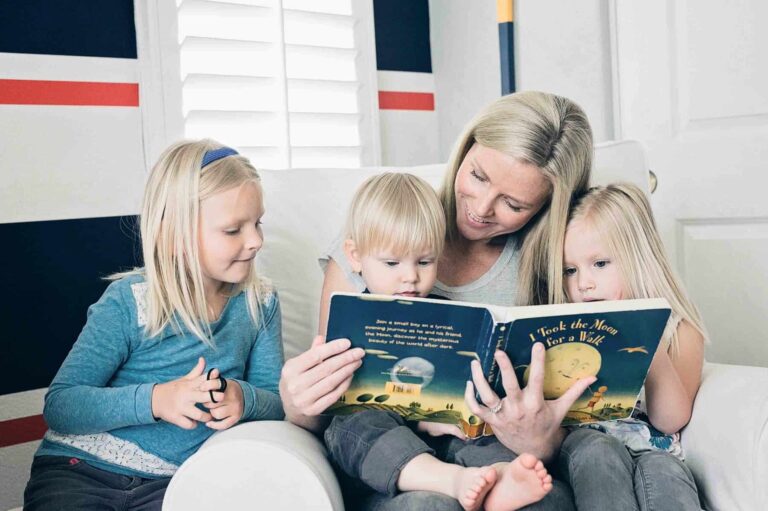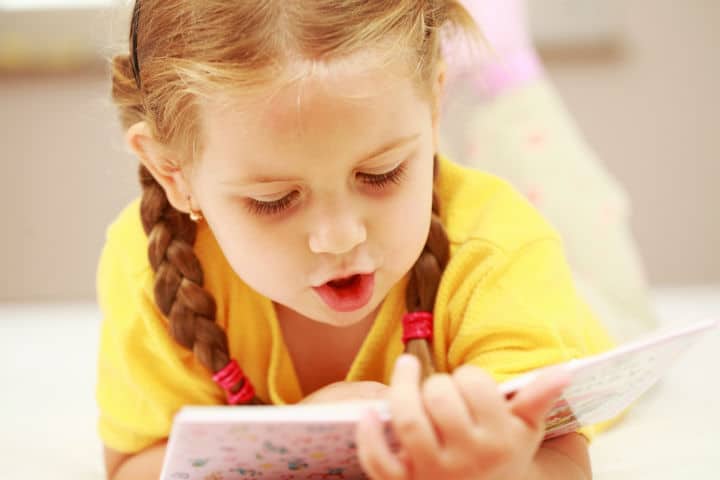Storytelling has been an enduring thread, weaving through the ages as a fundamental means of sharing knowledge and wisdom.
Today, despite many educational tools and methodologies, the ancient art of storytelling stands out as a testimonial of the past and a potent instrument for nurturing and enhancing reading skills.
This article details how narratives, with their rich and engaging content, significantly bolster reading abilities among learners, shaping minds and hearts alike.
The Power of Storytelling in Learning
From the campfires of ancient tribes to the bedtime rituals of the modern household, storytelling has been fundamental in shaping cultures and educating the young.
It’s an engaging method that captures attention, stimulates the imagination, and aids memory retention.
Research in educational psychology consistently highlights the role of storytelling in enhancing cognitive functions, making it a powerful ally in learning.
Storytelling and Its Impact on Reading Skills
Narratives, with their structured beginning, middle, and end, offer a gateway to a world of words, ideas, and expressions, making them instrumental in developing reading skills.
Vocabulary Development: Every story is a treasure trove of words, each woven into sentences that give them context and meaning. For learners, this exposure is invaluable.
It allows them to encounter new words, understand their usage, and see how they fit into the broader topics of language.
Improved Comprehension: Stories uniquely break down complex ideas into digestible narratives, making it easier for readers to grasp and retain information.
They encourage readers to think critically, understand characters’ motivations, and follow plot developments, thereby enhancing their comprehension skills.
Enhanced Imagination and Creativity: As readers dive into stories, they’re not just following a narrative; they’re painting pictures in their minds, crafting worlds as vivid as any artist’s canvas.
This act of visualization is a workout for the brain, fostering imagination and opening up new avenues for creative thinking.
Incorporating storytelling into reading practice
Integrating storytelling into reading sessions can transform a mundane task into an adventure.
Here are some tips for parents, educators, and avid readers:
Choosing the Right Stories: Select stories that resonate with the reader’s age and interests. For younger children, pick narratives with simple language and vibrant illustrations. Older readers might appreciate complex characters and intricate plots.
Interactive Storytelling Techniques: Make storytelling a two-way street. Use different voices for characters, ask questions to engage the reader, and encourage them to predict what might happen next. This interaction not only makes the session enjoyable but also reinforces comprehension.
Encouraging Story Creation: Urge readers to create their own stories. This exercise helps them understand narrative structures and encourages them to express themselves creatively, reinforcing their language understanding and boosting their confidence.
The Benefits Beyond Reading
The benefits of storytelling extend beyond reading. Narratives are a mirror reflecting human emotions and experiences, making them an excellent tool for developing emotional intelligence and empathy.
They offer insights into different cultures and perspectives, fostering a sense of global citizenship. Moreover, storytelling can significantly enhance communication skills, serving as a bridge between generations and cultures.
Embracing Technology in Storytelling
In our digital age, technology offers new dimensions to storytelling. Audiobooks, storytelling apps, and interactive e-books can complement traditional storytelling methods, providing a rich sensory experience and catering to different learning styles.
However, it’s crucial to strike a balance, ensuring that technology enhances rather than replaces the personal touch that makes storytelling so powerful.
Wrapping it up
Storytelling is an art and a versatile tool in the educational arsenal, capable of enhancing reading skills and much more. It nurtures the imagination, fosters empathy, and builds a foundation for strong communication skills.
In the learning journey, where every word counts and every narrative shapes understanding storytelling is a companion like no other.
As we continue to explore the rich world of narratives, let’s not forget the power of a simple story to transform, educate, and inspire. Whether you’re a parent, educator, or avid reader, embrace the art of storytelling and watch as the pages of learning unfold in vibrant colors.
Are you eager to unlock the full potential of reading for yourself or your child?
Contact Read Smart for a free reading evaluation at https://readsmartlearning.com/contact-us/. Our expert team is dedicated to guiding each learner on a personalized journey of reading and discovery.
Take the first step towards a brighter, more literate future.





